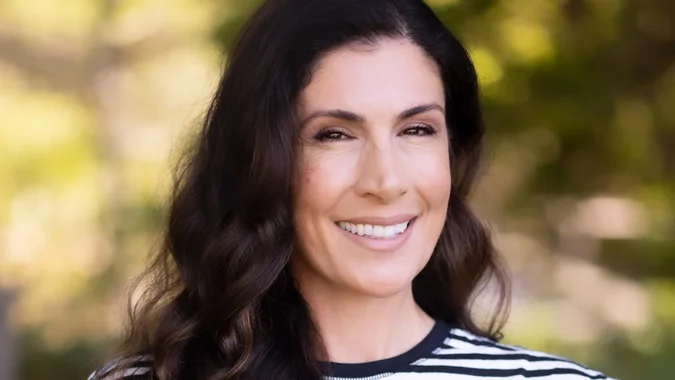We rely on satellites and sensors to gather data about the world. But many environmental threats still remain invisible. That’s the challenge Fieldstone Bio is tackling—by turning microbes into smart environmental detectors.
The company, which spun out of MIT in 2023, has developed gene-edited microbes that can “light up” when they encounter specific chemicals. These tiny living sensors can detect everything from arsenic in soil to TNT left behind by landmines. Each microbe is designed to react to one target. When it finds that chemical, it reflects light in a unique way.
To make that reaction useful, Fieldstone uses hyperspectral cameras—the same kind used in advanced drone and satellite imaging. These cameras break visible and infrared light into hundreds of colors. When the microbes shine back a signature wavelength, AI models pick up the signal and create ultra-detailed maps.
Funding, Drone Deployment, and Real-World Testing
Fieldstone Bio just raised $5 million in seed funding led by Ubiquity Ventures, with backing from E14 and LDV Capital. That investment will help the team move from lab tests to real-world trials.
The process is straightforward. First, Fieldstone engineers the microbes by inserting custom DNA into strains collected from the environment they want to study. Then they deploy the microbes using drones. After a few hours—or sometimes a few days—the drones return with images captured by hyperspectral cameras.
AI models then scan those images to find faint signals from the engineered microbes. The result? Heat maps that reveal the presence of dangerous chemicals or hidden objects at one-inch resolution. That’s a huge leap from traditional soil sampling, which only offers data every 100 feet.
The company is already applying this technology to detect arsenic contamination, as well as nitrogen levels in farm soil. And in areas with landmines, their microbes can pick up traces of TNT without any need for excavation.
From Living Sensors to Global Chemical Imaging
Some might worry about releasing gene-edited microbes into the wild. But Fieldstone is working closely with the EPA to ensure full compliance with safety rules and environmental standards.
Co-founder Brandon Fields says their long-term vision goes far beyond microbe deployment. The goal is to use the data gathered from these sensors to train AI models. Eventually, these models could detect chemical contamination using only drone and satellite imagery—no microbes needed at all.
“Once we know what arsenic looks like from above, we can start identifying it anywhere,” Fields explained. That opens the door to global-scale monitoring of pollution, agriculture, and public health risks—powered by biology, drones, and AI.













